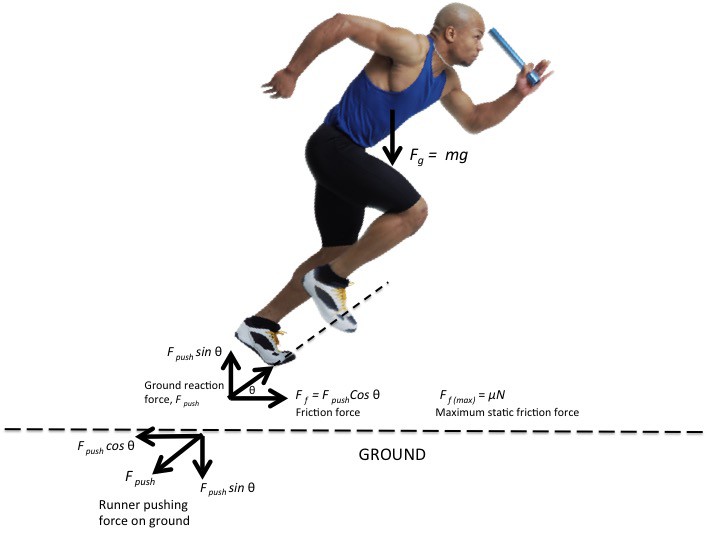Whenever we come across " The physics behind walking" we often get answers stating that we push the ground backwards then it pushes feet forward and we walk ( very brief answer ) but the thing that's perplexing me is How can somebody on the top of ground push the ground backwards ?
It's very cross - intuitive as in real life we always see that whenever we push or pull something backward or forward we do it by applying force to the sides of the object. We never say that we pull or push a flat object backwards or forward by applying the force on the top of a flat object.
This push to the ground that is stated to be applied by us cannot be the normal force as it is always perpendicular to the surface. So what kind of force is being stated in those explainations ?
What I personally think is that it is normal reaction as no surface is perfectly flat and there are many curves on that so it is pretty much possible but in the end I don't want to keep any misconceptions.

Please help !


